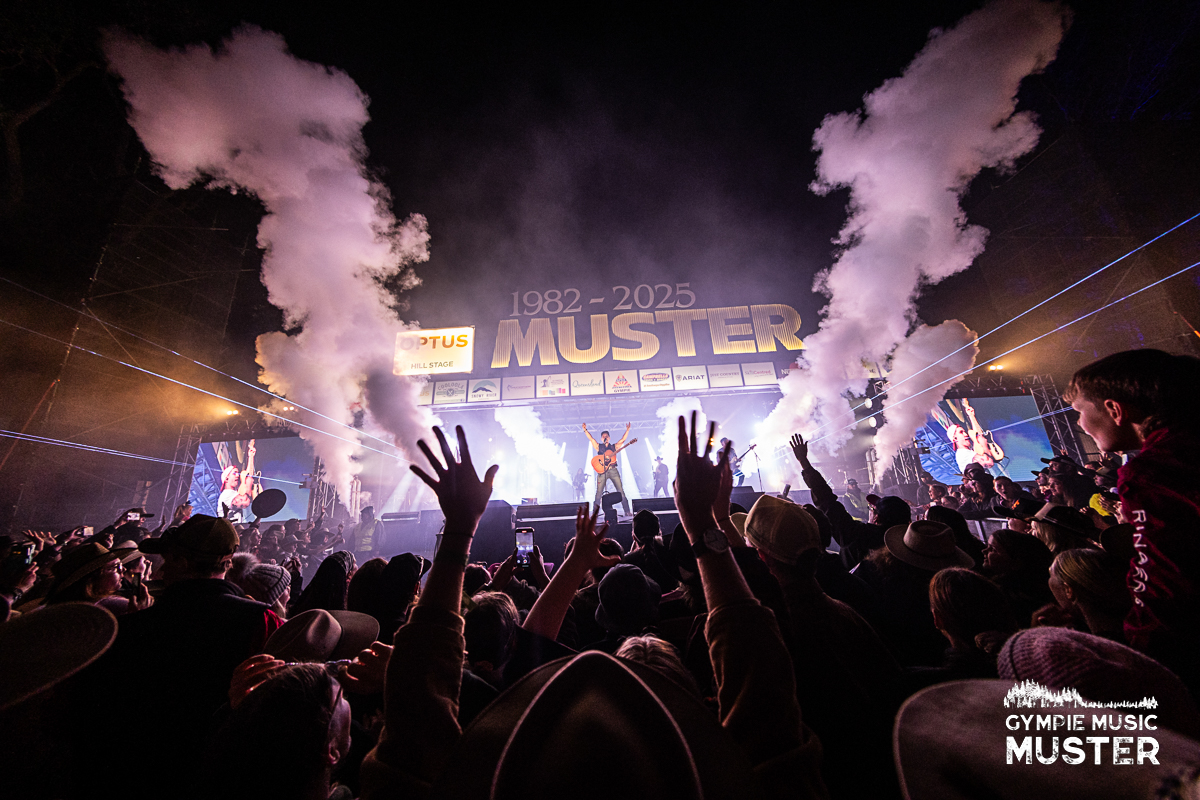The population of Gympie, Queensland, is approximately 20,000, but come August, the town triples in size. The Gympie Music Muster, alive and thriving in its forty-third year, welcomes tens of thousands from across the country in a celebration of country music.
The Gympie Music Muster bucks a nationwide trend of struggling music festivals. Among industry and audiences, the muster is talked about fondly, and its audience has only grown in the years since COVID-19.





